What's New
Displaying results 1951 - 1960 of 4899
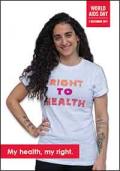
Resource | Publications,
The right to health is the right of everyone to the enjoyment of the highest attainable standard of physical and mental health, as enshrined in the 1966 International Covenant on Economic, Social and Cultural Rights. This includes the right of everyone, including people living with and affected by HIV, to the prevention and treatment of ill health, to make decisions about one’s own health and to be treated with respect and dignity and without discrimination.
Everyone, regardless of who they are or where they live, has a right to health, which is also dependent on adequate sanitation and housing, nutritious food, healthy working conditions and access to justice.
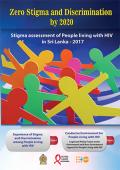
Resource | Publications,
The assessment consisted of a descriptive cross-sectional study to assess stigma level (quantitative part), in-depth interviews to describe views from people living with HIV who are in positive networks (qualitative part), and a desk review to identify the supportive legal and policy frameworks and other available services for people living with HIV.

Resource | Fact Sheets,
The report provides health information on maternal and child health attendances, sexually transmitted diseases, infectious diseases, etc.
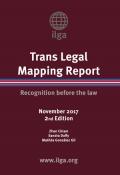
Resource | Laws and Policies,
This report distinguishes between “sex/gender marker change” and “name change” processes, laws and policies. Although the authors recognise that trans and gender-diverse people often do seek name change as part of their social transition or self-affirmation process, the distinction is made because the processes are often entirely separate, sometimes involving different pieces of legislation or policies. It is in the interests of precision that this distinction is in place throughout the report.
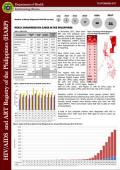
Resource | Fact Sheets,
In November 2017, there were 894 new HIV antibody seropositive individuals reported to the HIV/AIDS and ART Registry of the Philippines (HARP) [Table 1]. Eighty-six percent of those were asymptomatic at the time of reporting.
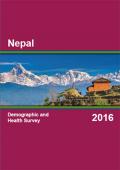
Resource | Publications,
The 2016 NDHS is a national sample survey that provides up-to-date information on fertility levels; marriage; fertility preferences; awareness and use of family planning methods; child feeding practices; nutrition; adult and childhood mortality; awareness and attitudes regarding HIV/AIDS; women's empowerment; and domestic violence. The target groups were women and men age 15-49 residing in randomly selected households across the country. In addition to national estimates, the report provides estimates of key indicators for both urban and rural areas in Nepal and also for the seven provinces.
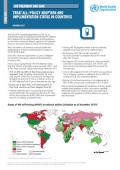
Resource | Fact Sheets,
With the 2016 Consolidated guidelines on the use of antiretroviral drugs for treating and preventing HIV infection, WHO updated and launched new policy recommendations on the clinical and service delivery aspects of HIV treatment and care, and raised the bar to treat all PLHIV (Treat All). WHO has worked with countries to ensure uptake and implementation of these recommendations in support of the to the 90-90-90 targets.
This fact sheet present data for 194 WHO Member States – including 139 low- and middle-income countries – and 35 Fast-Track countries, respectively through November 2017.
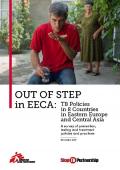
Resource | Publications,
Although it can be prevented and successfully treated, tuberculosis (TB) is the world’s deadliest infectious disease. In Eastern Europe and Central Asia (EECA), conditions are ripe for TB proliferation, with suboptimal TB diagnosis and treatment, poor treatment adherence rates, limited health care in prisons, and high rates of HIV infection and injection drug use, all against a backdrop of weak health care systems. In 2015, most of the 323,000 new TB cases and the 32,000 deaths due to TB in the WHO European Region occurred in EECA. In 2015, an estimated one in five MDR-TB cases globally occurred in the European Region.

Resource | Publications,
This report presents the most current data on four specific forms of violence – violent discipline and exposure to domestic abuse during early childhood; violence at school; violent deaths among adolescents; and sexual violence in childhood and adolescence. The statistics reveal that children experience violence across all stages of childhood, in diverse settings, and often at the hands of the trusted individuals with whom they interact daily. The report concludes with specific national actions and strategies that UNICEF has embraced to prevent and respond to violence against children.
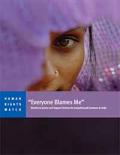
"Everyone Blames Me": Barriers to Justice and Support Services for Sexual Assault Survivors in India
Resource | Publications,
This report, finds that women and girls who survive rape and other sexual violence often suffer humiliation at police stations and hospitals. Police are frequently unwilling to register their complaints, victims and witnesses receive little protection, and medical professionals still compel degrading “two-finger” tests. These obstacles to justice and dignity are compounded by inadequate health care, counseling, and legal support for victims during criminal trials of the accused.
The Indian national government should take urgent action—in collaboration with state governments, the police, medical treatment and forensic facilities, the justice system, child welfare committees, national and state commissions for women, civil society organizations, and legal aid services to ensure the implementation of these laws and programs, and remove barriers to women’s access to justice and health care for women and children.





